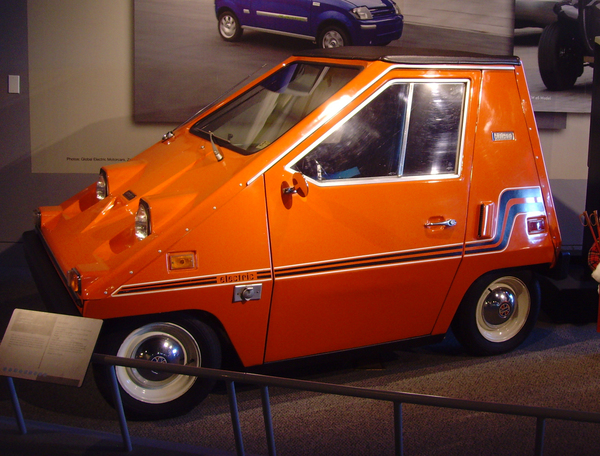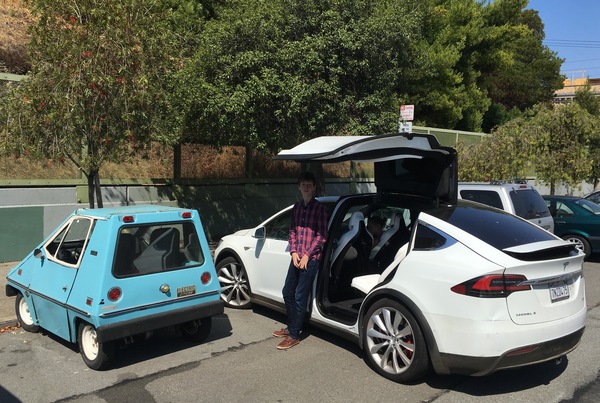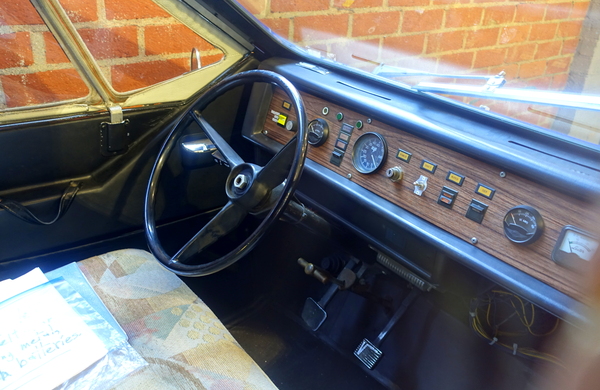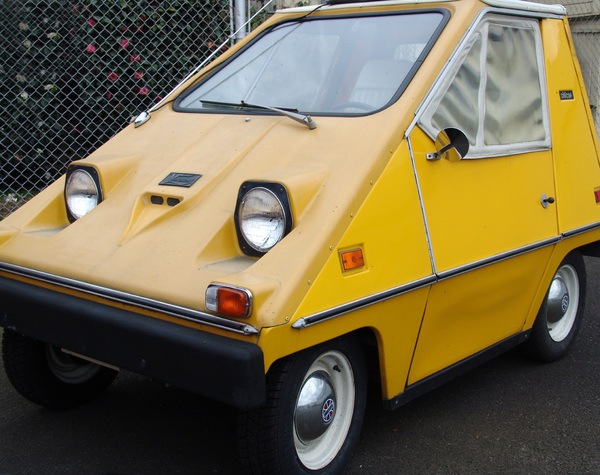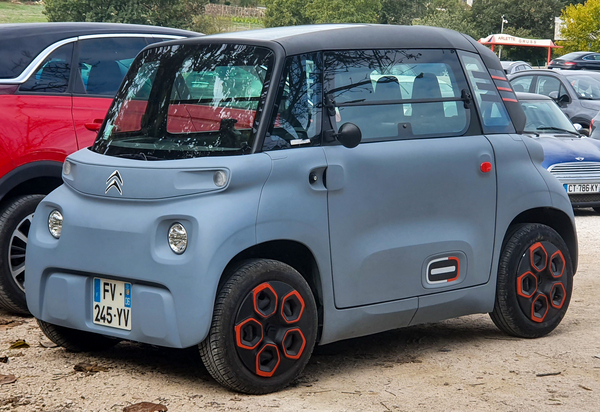Citicar: Small electric car from 1970s
Not so long ago, electric vehicles were considered gimmick. For people like myself with no special interest in them, it all began with the likes of Nissan Leaf and Mitsubishi i-MieV, with Tesla joining the party a few years later. I'd never actually thought who their ancestors could be until I stumbled upon this Mastodon post about an adorable little car called the Citicar or Comuta-Car.
At the end of 1973, the oil crisis affected the lives of many people around the world. Not only did gas become more expensive, but it also was scarce. Rationing, empty stations, violence and strikes were part of the worrying reality back then. You can't find a better time to release a non-petroleum car. It hit the market in 1974. In the video promoting the car, they emphasized high fuel prices, talked about the energy crisis and mentiond that it could help with the pollution. It's been 49 years and we haven't solved any of these issues, still selling modern electric vehicles as the solution!
A company name Sebring-Vanguard designed three models. With a few practical improvements, they introduced more powerful motors and higher-voltage battery packs. A few years later, Commuter Vehicles bought the project and renamed it to Comuta-Car. There was also a slightly bigger and more powerful model - Comuta-Van. The United States Postal Service even ordered a few hundreds, but according to several sources, technical issues and a dispute over warranty terms halted the project. They stopped making Comuta-Cars in 1982.
By the way it looks, that wasn't a very successful business. Besides the technical problems with the car itself and troubles they might've had with bringing investments and scaling up production, we also need to consider technologies that were available at that time. Rechargable lithium-ion batteries weren't a thing yet, the vehichles came with lead-acid batteries. Those are much cheaper, but their capacity is significantly lower.
Insights about how it was like to own one of them can be found on Jalopnik. It's a story of a man who owned a Comuta-Van in the 1990s. Key takeaways:
- It could run up to 40 miles (64 kilometers) on a single charge.
- The top speed was 45 mph (72 km/h).
- He had a solar array at the root, but it only added a few miles per day.
- A full charge took about 12 hours.
- The batteries needed to be topped up with distilled water every few weeks, which took a decent amount of time.
- He had to replace the batteries twice in four years, that cost under under $1,000 (today that'd be roughly $1,900).
I can imagine that 40 miles in the US is close to nothing. However, that top speed should be sufficient in the city. Something like that could be useful for commuting to the office and back or for grocery trips. According to the owner, the Postal Van version has a lot of room in the back, so it should've been quite practical.
After all these years, the concept of a small electric transport is still relevant. Big brands produce vehicles like Citroën Ami and Renault Twizy, but there are other quadricycle manufacturers. Through 1990s and 2000s, similar cars were built by Kewet and Buddy.
Shame on my ignorance, as there were electric vehicles long before Nissan Leaf and Mitsubishi i-MieV! It's true that there were only thousands of units, not even tens of thousands. Nevertheless, they're still on the road and you can find many videos about them on YouTube. When thinking of that era, legends like Chevrolet Camaro, Dodge Challenger or Plymouth Roadrunner come to mind. Turns out, there are many interesting things to discover in our recent past!
Useful links:
- https://en.wikipedia.org/wiki/Citicar
- https://jalopnik.com/before-tesla-there-was-comuta-1846846642
- https://ranwhenparked.net/first-electric-car/
- https://web.archive.org/web/20220323000934/https://www.wheels.ca/news/electric-car-for-the-average-joe-not-far-away/
- https://www.youtube.com/watch?v=hXzcIoq2ing
- https://www.youtube.com/watch?v=KSZLend0KBc
- https://www.motorbiscuit.com/comutavan-electric-postal-van/
All photos, with the exception of the one with Postal Vans, were taken from the Wikimedia Commons library. I found Postal Vans on USAMotorJobs.
